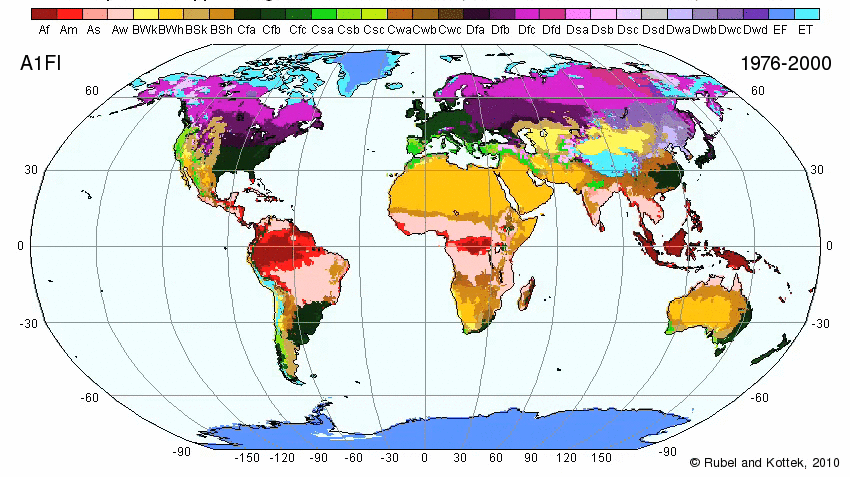While reading about
Victorian genius engineer
Brunel, I wondered about his big ideas which did not succeed, including his
atmospheric railway. Suppose he could have iterated and improved and ultimately made it work? What
alternative pathways would humanity

now be on? This got me thinking about what if
Charles Babbage had succeeded in building his
mechanical computer. That's such a ripe theme that science fiction authors
William Gibson and
Bruce Sterling wrote an
alternate history SF novel exploring it,
The Difference Engine, a world where
both Industrial and Information Revolutions happen together and human progress is accelerated. Several comic/novelist/movies have taken up variations on this theme as well, including the
League of Extraordinary Gentlemen and the
Wild Wild West and even the polychronic
Back to the Future.

One of my favorites is from the
WAKE graphic novel series by
Jean-David Morvan and
Philippe Buchet when lead character Navee visits a strangely
steampunk world in volume 3,
Gearing Up. Perhaps the most intriguing

of this genre, though, is
Neal Stephenson's
The Diamond Age set in a future when sophisticated nanotechnology and AI prevail and enable a wild mixing of sociomes, including a curiously neo-Victorian culture. What this genre especially allows is exploring what is central to being human in the face of vastly differing technologies. Epic!
 I moderated a very compelling MIT panel tonight 28 February 2011 on the theme Growing Innovations ~ Improving Agricultural Productivity among Small-Acreage Farmers featuring scholars and practitioners of agricultural innovation and poverty alleviation, including...
I moderated a very compelling MIT panel tonight 28 February 2011 on the theme Growing Innovations ~ Improving Agricultural Productivity among Small-Acreage Farmers featuring scholars and practitioners of agricultural innovation and poverty alleviation, including...


























































